Like learning anything new, it can be quite intimidating when you first decide to dip your toe in Spey Fishing For Salmon. It shouldn’t be! After all, Spey fishing is just another fun way to fish. It’s not better or worse, harder or easier, simpler or more complicated than ‘normal’ fly fishing.
If you love fly fishing but have always wanted to try double-handed fishing, I am sure there are lots of questions you would like to ask. Below is a list of common questions people ask me on a regular basis. I hope these help you gain the confidence to pick up a rod and give it a go as this will be your ticket to visit and experience so many more destinations around the world.
What is Skagit casting?
Skagit casting is a type of Spey casting that was developed on and around the Skagit River in Washington State. Skagit casting uses fairly short, fairly heavy lines that are good for casting big flies in big sections of the river. In the Pacific Northwest, it’s the most popular form of Spey casting, as of 2013 at least.
Why are double-handed rods so long?
Firstly two-handed rods make it much easier to handle heavy shooting heads especially in rivers where fast currents make line control difficult. It is this extra length that allows you to keep more line out of the water and the power to lift the line of the water. Secondly, the longer length of double handers makes mending and line control at distance much easier than their shorter single-handed cousins.
What’s a Polyleader?
It’s a coated, tapered leader used mainly in Scandi casting (more on that below). They come in different sink rates, just like sink tips do. ‘Polyleader’ is the term that Airflo uses; ‘Versileader’ is how Rio says it.
What is Scandi casting?
Scandi is short for Scandinavian. It’s a type of Spey casting that generally uses lines that are a little longer and a little ‘thinner than Skagit casting, and it’s more appropriate with smaller flies.
How to avoid common mistakes when spey casting?
The process of fishing a two-hander fly rod is about slowing down and enjoying your time on the water. When you rush your casts, you’re bound to run into problems. Sure, we’re all guilty of making these mistakes at times – we get excited. Here are some simple tips you can try to help ease some casting frustration the next time you’re stepping through a fishy-looking run….
Start Short – This is one of the hardest things to get a client to do. I can’t tell you how many times I have stood next to a client at the head of the run and said, “Okay, start short.” The next thing I know, they’re stripping out the whole head and make a cast. I know my Skagit switch head is 20 feet long, equating to what should have been 6 or 7 casts before the head exits the rod tip. That’s 6 or 7 missed opportunities for steelhead to take a swipe at your fly. This is especially important when fishing in high water/post-storm conditions when sluggish winter fish will often move right along the banks in the safety of low-clarity water. You don’t want to be casting over them!
Slow Down – Rushing throughout the cast is one of the common casting faults I see Skagit casting from clients. So, if things don’t feel right, stop, regroup, and try slowing each part of the cast down (lift, set, sweep, forward stroke etc.). I remember spending a day fishing on the Salmon River with Ed Ward, Scott O’Donnell and Mike McCune when the first Skagit Master video was out and these guys were the kings of slow and steady. That’s what wins the race when it comes to Skagit style spey casting.
Watch Your D-Loop – One of the most important steps of spey casting. Just before it’s lined up 180 degrees away from your target, make your forward cast. That will allow the line to go in a straight line to the target. Always watch your D-Loop, it can make a huge difference in your casts.
Pull With Your Bottom Hand and do not push with your top hand. This is hard to do if you are just making the switch from single-handed casting to spey casting. On the forward cast, too much top hand cause your cast to go in a wide arc or curve, instead of a straight line, causing wide open loops. I start out this way sometimes for the first few casts of the day until I get into a rhythm.
All your power is should be applied by pulling on your bottom hand rather than pushing with the top hand. I tell clients that struggle with this to think of it this way: Your bottom hand is the motor and your top hand is the steering wheel.
What’s a ‘Poke’?
Poke is short for the Perry Poke, which is a Skagit-style Spey cast. It involves ‘dumping’ your line on the water in front of you before you cast, so it looks pretty strange the first time you see it.
Why do you make all those extra moves in your cast?
Most Spey casts involve a couple of steps and it might seem like there’s a bunch of wasted time and energy compared to just a simple forward and backcast. The early steps in a Spey cast are just there to get your line and your fly in the right position for the final forward stroke in the Spey cast, which is really just a big roll cast.
Why are you always talking about ‘grains’?
Different types of Spey casting use different weights of lines, even on the same rod. There’s also a lot of personal preference in which weight line goes on which rod. So it’s often not as simple as saying ‘Buy a 7 weight Skagit line for your 7 weight rod’. Lots of modern line systems – especially Skagit systems – have totally abandoned the idea of calling a line a ‘7 weight’ or an ‘8 weight’. Instead, they refer to the actual weight of the head, in grains (15.4 grains is 1 gram). It sounds more complicated than it is – it’s really just a simpler way of talking about lines, by saying how much they actually weigh.
Should I try it?
Yes, everyone should try double handed fly fishing, its such a great art form and in fact, it is easier than fly fishing with a single-handed rod. One thing we highly recommend before travelling to any of our destinations is to book a few casting lessons with a qualified casting instructor. These instructors can have you doing the basic casts in less than a few hours. Every day spent learning to Spey cast with the instructor is worth 10 days on the bank for when you actually get to go fishing you will be fishing far more effectively.
Tight Lines,
Peter
Contact us
If you fancy going on a trip but have limited or no experience in Spey casting, do not worry as we run hosted trips each year to various destinations around the world. Our hosts and guides on hand will be there to assist and teach you everything you need to know.
If you are interested, feel free to call me our fly fishing expert, Peter Collingsworth, on 01603 407596 or by emailing peter@sportquestholidays.com, you can even join him personally on one of his yearly hosted trips. Alternatively, you can view all our Salmon fishing destinations here.
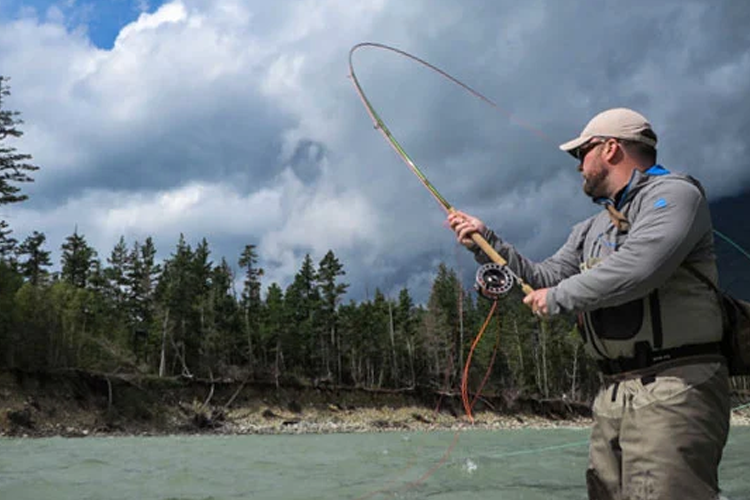
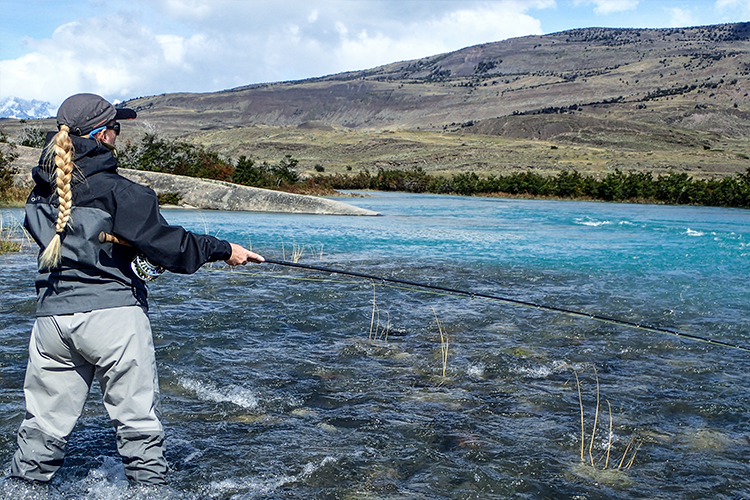
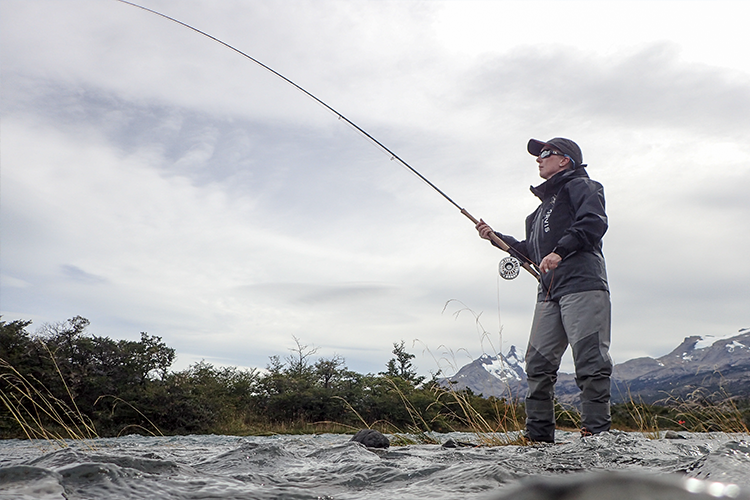
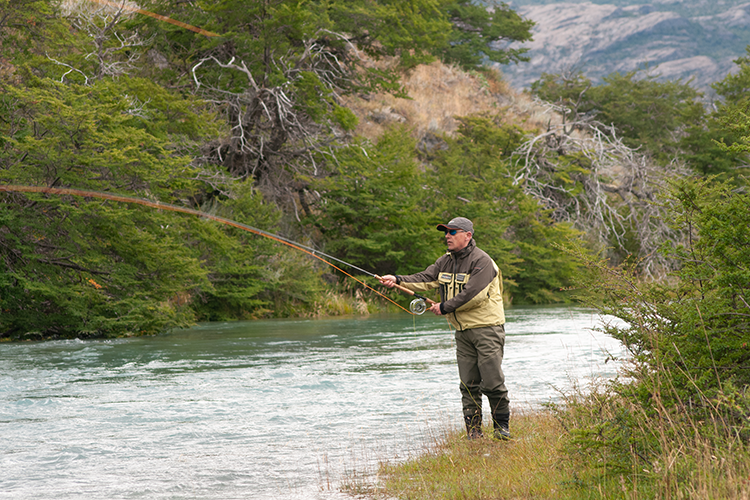
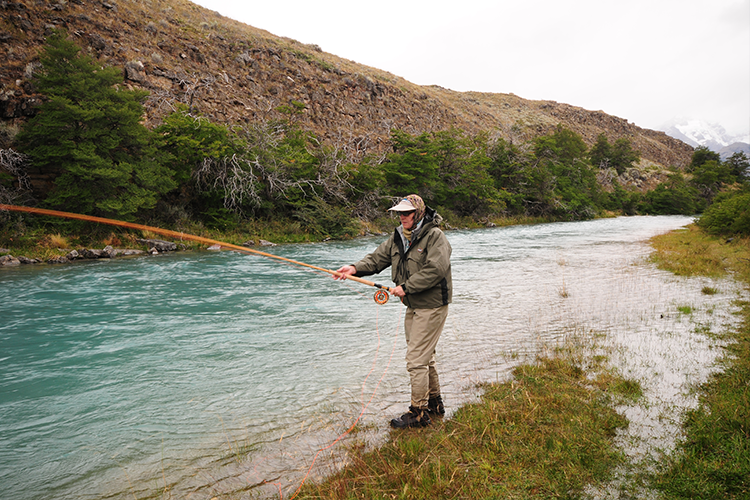
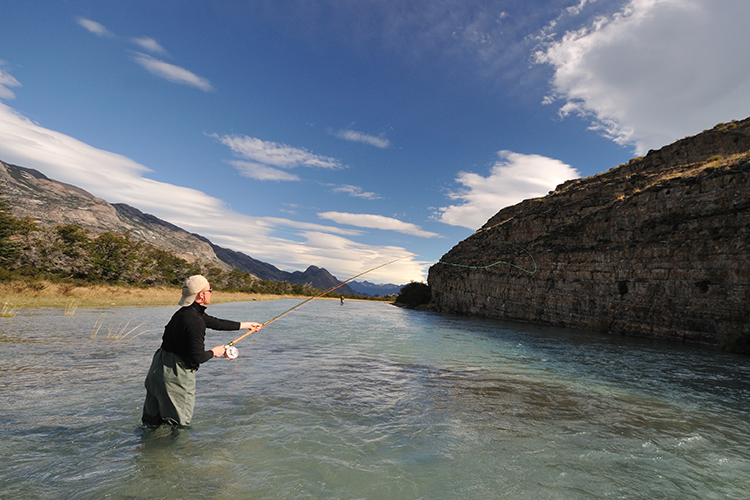
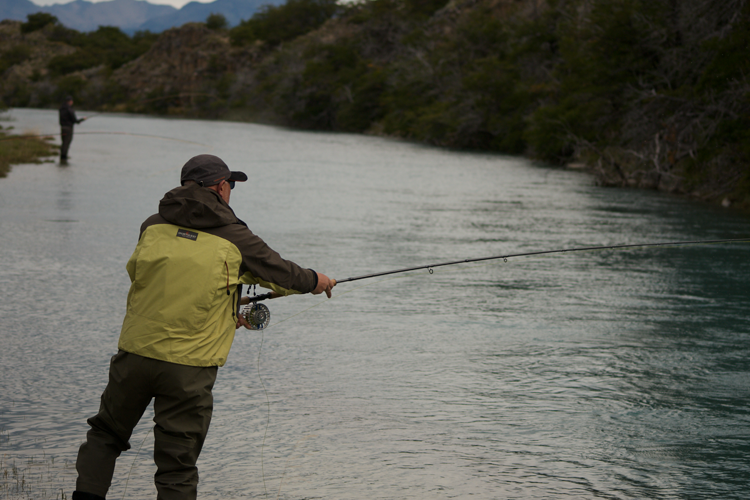
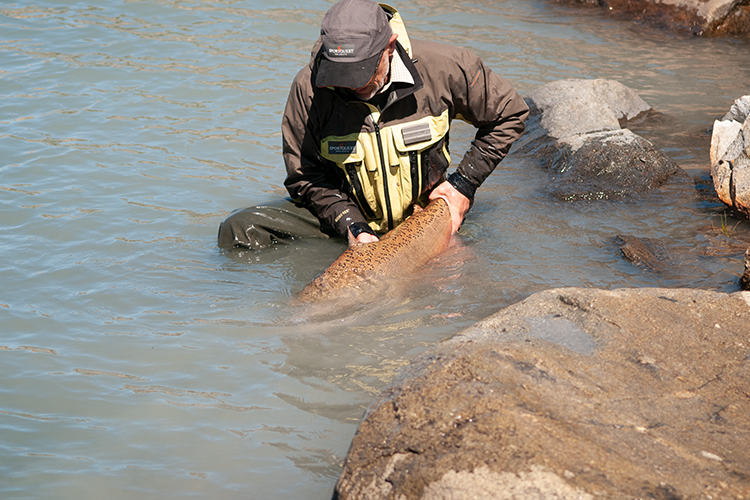
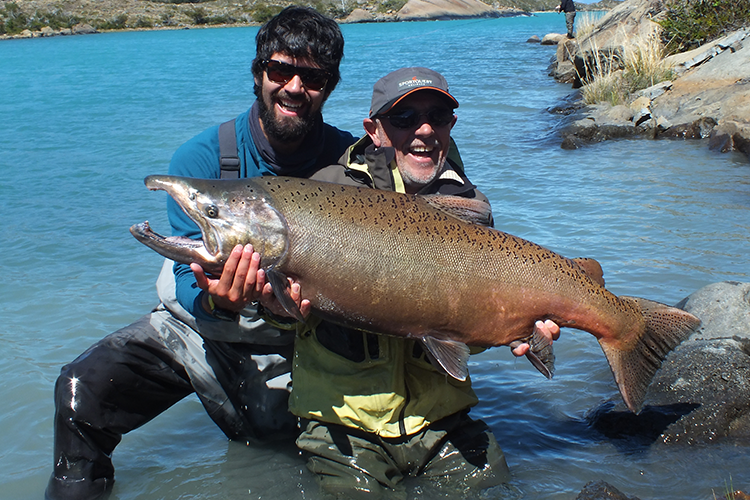
3 comments
Do you know of any instructors on the east coast. I have been looking for a year and a half and haven’t been able to find one. Built a switch rod for fishing in the great lakes area a while back but I would really like to take some instruction and learn the right way to cast in the begining. Took me fifteen years to correct most of my bad form from where I taught myself to flycast with one hand. Any leads would be greatly appreciated.
Hello Tom
If you copy the link below it will take you to our Tuition section on our website and these guys are in the East of England so may be able to help
https://www.sportquestholidays.com/
Hope this helps
Paul
Peter, As you know I do quite a bit of Spey casting through the season, in fact I’m only 10 miles from the mighty River Spey. I’d agree with you about not being afraid of Spey casting, like any cast the timing comes with time and practice. One piece of advice I would give anyone who wants to give it a try though is tuition!!!! There are loads of good YouTube and DVD tutorials out there and these are a great help (I’d recommend either Scott Mackenzie’s Spey Casting Masterclass or Ian Gordon’s Blue Charm DVD), you will certainly finish viewing them and understand the mechanics of the cast. For as good as they are though, I’d still recommend an hour or 2 with an instructor who will help you no end. To put I into perspective, earlier this season I had been out a couple of times and was struggling to put any length of line out in the winds that we were being subjected to. One day with a ghillie who also happens to be an instructor and I was putting out the full head and most of the running line, doing new casts well and just generally fishing the pools much better and easier. It has boosted my confidence no end (not that it’s helped me catch any salmon yet) so that now at the end of my days fishing I come away happy and not sore.
Tight Lines
Darren
Search
Categories
Latest blogs
Our Financial Guarantee for Norway Salmon Fishing
Book your Atlantic Salmon Fishing holidays in Norway with confidence, backed by our comprehensive financial guarantee. On the 20th of June, the Norwegian Environmental Agency unexpectedly closed 33 of the country's rivers due to low...Species Spotlight: Wels Catfish
The Wels Catfish is the UKs largest freshwater fish but can still be found all over Europe in many lakes and rivers. The Wels Catfish size can range from 2lbs to sizes well over 200lb...Guide to the Best Flies for Peacock Bass Fly Fishing in Brazil
The enigmatic Amazon Basin, stretching a staggering 6.7 million square kilometres across Brazil, is an angler's dream. Beyond its dense rainforests and meandering waterways, it hosts one of the most sought-after freshwater game fish -...International Flights
As a licensed international tour operator Sportquest Holidays can arrange your international flights from the most convenient airport anywhere in the world.
The itineraries and prices on our website are based on UK departures from London Heathrow or Gatwick; however, if you would like to travel from any other airport or country Contact us, and we will happily provide you with full details and a quotation.
Please Note: departing from an alternative airport or country may entail additional overnight stays in an airport hotel.
Flight Upgrades
All prices on our website are based on economy flights; however, upgrading your international and internal flights is possible on many routes. Contact us if you would like to upgrade your flight, and we will gladly provide you with a quotation.